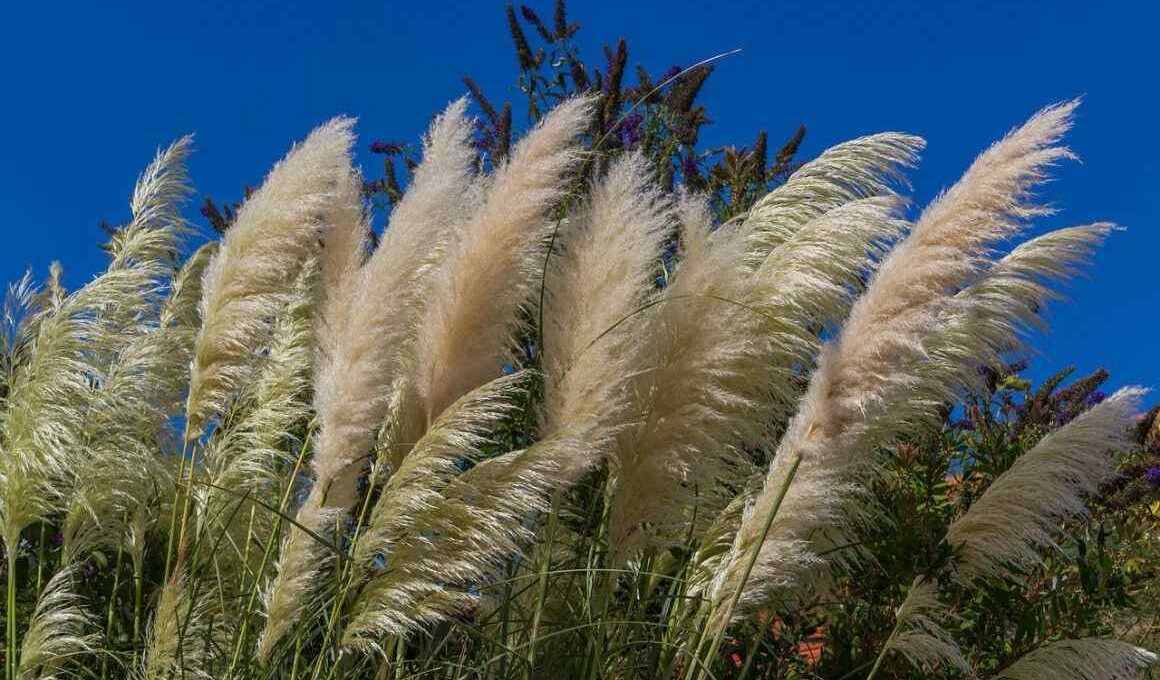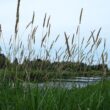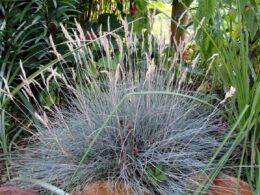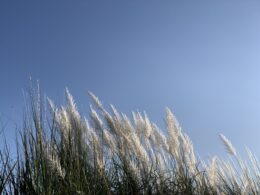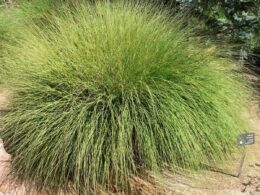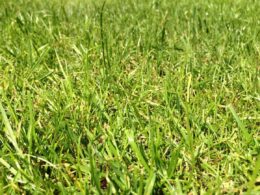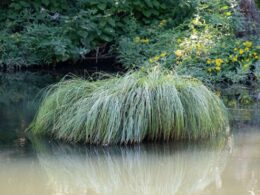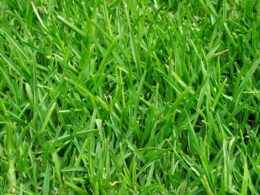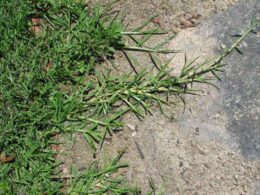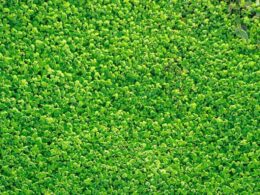Elephant Grass Appearance
Elephant grass, also known as Napier grass and Cenchrus purpureus or Pennisetum purpureum, is a tall perennial tropical grass native to Africa. Elephant grass is a vigorous, tall-growing, perennial forage and biofuel crop. The grass grows to more than 10 feet in height and can reach up to 20 feet.Elephant grass has a deep root system with an extensive network of roots that extend down well below the level of cultivation. It grows in large clumps that can easily be mistaken for bamboo stalks. The leaves are also very similar to bamboo leaves in their appearance: wide blades with a narrow stalk.
Elephant Grass Habitat and Distribution
Elephant grass is found growing in tropical climates with high temperatures and rainfall throughout sub-Saharan Africa. The plant grows in dense stands that help capture moisture as well as reduce competition from other plants. As the plant matures, it produces a large amount of seeds that are dispersed by wind or water.
How to Care for Elephant Grass?
Elephant grass is a species of grass that can grow in the driest areas of the world, such as on the side of a hill, where it holds the soil and keeps it from eroding. It also has low requirements for water and nutrients, making it easy to care for in this environment.
Water Requirements
Elephant grass is one of many types of grass that can be found growing in hard-to-reach places. These plants have adapted to live with less water than other plants because they don’t need much moisture to survive – their leaves are covered with protective waxes, which keeps them from drying out too quickly when exposed to hot temperatures or sunlight.
Soil
While elephant grass can grow in a variety of soils, it prefers deep, rich, well-drained loam. It is not suitable for growing in shade, but otherwise has low requirements for soil pH and temperature. The perfect soil pH is 5.0 to 6.5.
Temperature and Light Exposure
Elephant grass is a plant that thrives in hot tropical environments. It grows best when the temperature is between 77 and 100 degrees Fahrenheit. Elephant Grass does best in full sun, but will tolerate some shade. This is a warm-season grass that grows best in zones 8 to 11 (USDA).
Propagating Elephant Grass
It is possible to propagate elephant grass by seed, stem cuttings or stolons. Elephant grass is a vigorous plant with a large root system and strong rhizome network. In its natural habitat, the rhizomes are often used for propagation.
Is Elephant Grass Invasive?
Elephant Grass produces large amounts of seeds from early summer through late fall. Each plant will produce many thousands of seeds in a season, with each seed being viable for several years after production. The plant is considered invasive in some areas, however, and can be difficult to eradicate. Elephant grass is originally from Africa and Asia; it does not have any natural predators here in the United States, so it grows rapidly and out-competes native plants for moisture, light and nutrients.
The Use of Pennisetum Purpureum
Elephant grass species have historically been used only for grazing, but it has lately been utilized as part of a push–pull agricultural management technique, which is effective against pests. Also, the plant can protect the land from soil erosion as well as improve the soil fertility, thereby making it ideal for agricultural purposes. Most recently, it is used to produce biogas and bio-oil, making it a renewable source of energy.





